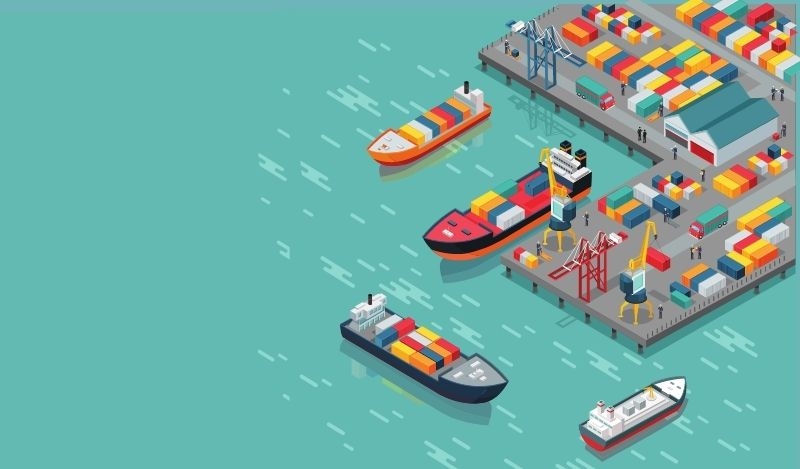News
Unceasing Congestion & Delays at Chinese Ports

Ports of Ningbo-Zhoushan and Shanghai have been facing congestion crisis as unprecedented volumes of tankers, bulk carriers and containerships have backed up into the East China Sea. A sudden spurt in Covid-19 cases and new anti-Covid measures carried out at most Chinese quaysides, a strong demand in the USA and a recent typhoon have hit the productivity at these two ports, raising a havoc in the supply chain.
According to a report by Sea-Intelligence regarding container port congestion at 22 ports around the world, Shanghai and Ningbo were shown as coming under a huge pressure from growing congestion. Putting these figures in context, among the 22 ports surveyed, only Los Angeles, Long Beach, Oakland, Rotterdam, Antwerp and Vietnam had more severe congestion than China’s big two ports. “In terms of Ningbo and Shanghai, this might be an early warning of coming impact of more Covid restrictions in China, as the delta variant appears to continue to be present,” Sea-Intelligence noted in its recent weekly report.
When a Covid-19 outbreak was detected at Yantian Port in late May, operations at the key southern Chinese export hub were slashed by 70% for most of June. Newly reported positive Covid-19 cases in China have recently forced the country to re-introduce restrictions to curb the spread of the virus. Most Chinese ports are now requiring a nucleic acid test (NAT) for all crew, with vessels forced to remain at anchor until negative results are confirmed.
Many ports in the country are also requiring vessels to quarantine for 14-28 days if they previously berthed in India or performed a crew change within 14 days of arriving in China.